Astronomical Symbols Page #3
This page lists all the various symbols in the Astronomical Symbols category.
Astronomical symbols are symbols used to represent various celestial objects, theoretical constructs and observational events in astronomy. The earliest forms of these symbols appear in Greek papyri of late antiquity. The Byzantine codices in which the Greek papyri were preserved continued and extended the inventory of astronomical symbols. New symbols were further invented to represent many just-discovered planets and minor planets discovered in the 18th-20th centuries.
Symbols in this category:
Cometan Logo
From the age of fifteen, Cometan committed his life to founding a religious and philosophical movement that came to be known as Astronism and that continues to revolutionise the way people around the world view the stars of the night sky. Cometan's cosmic religion has inspired many to see the astronomical world as a source of faith, belief, and meaning for their life. Cometan is currently researching for his PhD in freedom of religion.
Conjunction (astology)
0° angle/two or more planets in the same sign
A circle with a line implying two objects are in the same place (also, the starting point of an angle)
Dulce Base \ Delta forces
Mysterious and clandestine paramilitary agency operating at Dulce Base, NM.
Earth
Earth is the third planet from the Sun, and the densest and fifth-largest of the eight planets in the Solar System. It is also the largest of the Solar System's four terrestrial planets. It is sometimes referred to as the world or the Blue Planet.
First Quarter Moon
Denotes a first quarter moon or a soli-lunar arc in the range 90°-135°.
Golden number 10
On a clog almanac, this symbol represents an aspect of the lunar cycle.
Golden number 15
On a clog almanac, this symbol represents an aspect of the lunar cycle.
Golden number 17
On a clog almanac, this symbol represents an aspect of the lunar cycle.
Golden number 17 (alternate)
On a clog almanac, this symbol represents an aspect of the lunar cycle.
Ishtar star
Simplified version of the ancient Mesopotamian eight-pointed star symbol of the goddess Ishtar (Inana/Inanna), representing the planet Venus as morning or evening star.
Jupiter
Jupiter is the fifth planet from the Sun and the largest planet in the Solar System. It is a gas giant with mass one-thousandth that of the Sun but is two and a half times the mass of all the other planets in the Solar System combined.
Citation
Use the citation below to add this symbols category to your bibliography:
Style:MLAChicagoAPA
"Astronomical Symbols." Symbols.com. STANDS4 LLC, 2024. Web. 23 Nov. 2024. <https://www.symbols.com/category/34/Astronomical+Symbols>.





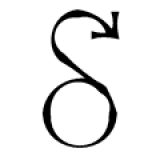

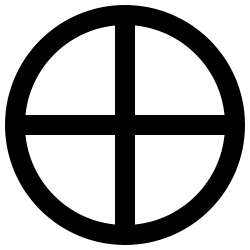



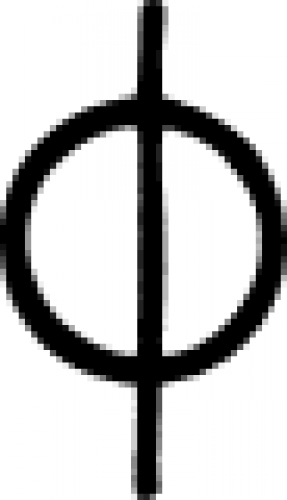
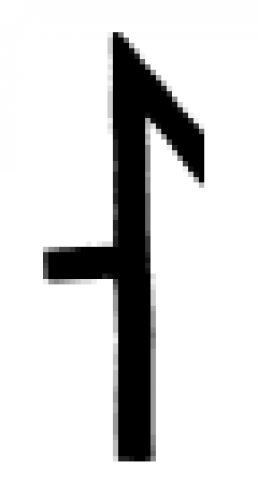
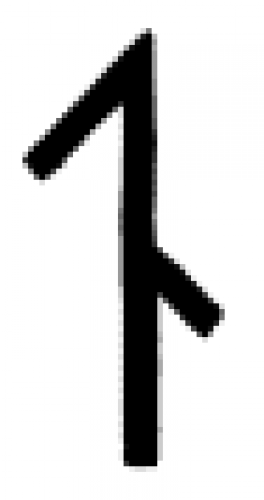
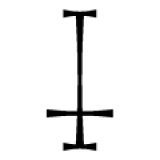
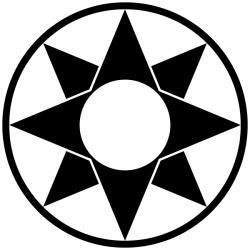
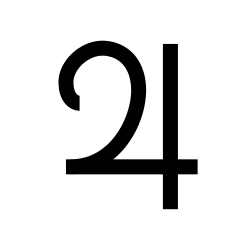
Have a discussion about the Astronomical Symbols category with the community:
Report Comment
We're doing our best to make sure our content is useful, accurate and safe.
If by any chance you spot an inappropriate comment while navigating through our website please use this form to let us know, and we'll take care of it shortly.
Attachment
You need to be logged in to favorite.
Log In